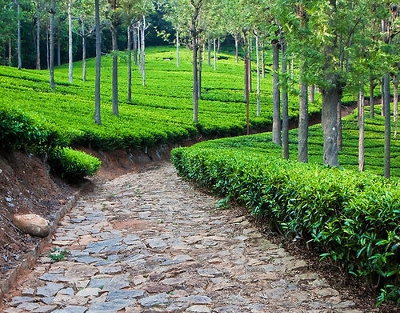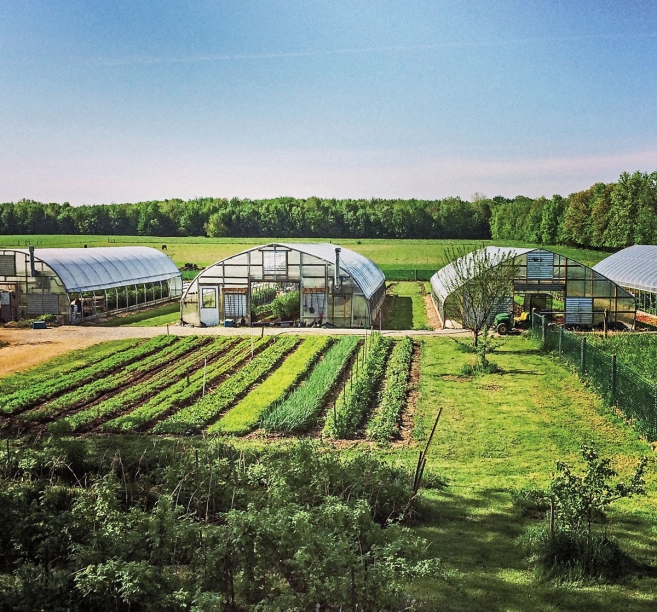While it is the dream of many an urbanite to become a farmer and live the “son of the soil’ or ‘kampong’ life, not many people understand the economics of farming and so we thought we would do a small article on some of the basics of economics.
The basic components of Farm Economics are the following:-
1. Land Area
2. Lifestyle Costs / Overhead
3. Operating Costs
4. Receipts
Let us go through each of these in a little detail:

Land Area: This is the most important criterion and one that probably you will have limited ability to influence later on after you have purchased your property. You must remember that farming is a very intensive process and unless you buy another farm adjoining your own, you will not be able to devote the time and energy needed to the same. As such assume that you will always have to operate profitably from the initial size that you enter into farming with. First job would be to estimate how large a farm you should have. Add about 20,000 sq. feet or 2000 sq. meters from your total area as you will need that much for your own home and garden. Add another similar area if you don’t already have a driveway as you will most probably need one and a motorable driveway will take significant area. If you need full time staff then you may have to budget some additional area for workers quarters. If your land is not plain or ideally suited for your crop, then you will need to factor some loss of area for the topography. This should give you a rough idea of the Land Area you need to be ready with if you want to farm at a particular scale. The acreage you have under cultivation is a key determinant of your income second only to the location and terrain of your property. Remember, always factor in income from the prevailing crops in the region when making a purchase. Agriculture is not a new business and many famers have experimented and have arrived at the best crops for the area. Exotic produce has very limited demand. My biggest advice for maximizing profits is to use your land effectively and plant only crops that require minimal manual labor. Concentrate also on creepers and hardy trees – fruit bearing preferably – which are a good regular source of pleasure and income in addition to the primary crop. I would not recommend animal husbandry as they require tremendous effort, care and the risks to income are significant from infections and other diseases.

Lifestyle Costs: As a city person, it is important to factor in costs related to your own lifestyle with farming. Remember, a farmer usually has a very simple lifestyle – early to bed and early to rise. However, most of us will not be able to do without some of our conveniences and so we must plan for an overhead cost due to our own lifestyle and indulgences. This can include a full time cook or butler or else broadband, satellite TV and other such modern conveniences. Part of the pleasure is also living in a large farm house and so upkeep for the same should be budgeted as well as some provision for the maintenance of a city home in case you need to visit a big city regularly – children’s schooling, hospital visits etc.
Operating Costs: The operating costs for any farm are usually four fold – replanting, Pesticide and Fertilizer, Labor and Utilities. Of these I consider Labor the most significant cost and the one that has the largest tendency to go out of control. Remember to factor also for additional labor at harvest time as not availability of labor there can cause a lot of your crop to decay and render it useless. Remember to spend adequate time with your farmhands motivating them and inculcating a sense of loyalty. The other costs of course vary but if you focus on this one cost, you will be building a long term healthy business.
Lastly I want to touch on income or receipts. Here my important tips would be to:-
1. Focus on the crop. Too many people make the mistake of focusing on consumables – rice, vegetables etc. These are highly perishable crops and a large portion can be consumed by the farmers family thus eating into income. Remember you are in farming to make money and so the focus should be on high value crops. Try and think of the value of the end product in Dollars per kilo and pick the product that will yield you the highest dollar value per kilogram of produce. I personally like cash crops like beans, commodities like Tea and Coffee, Spices and other condiments.
2. Budget with raw and try and move up to value added: I would advise all farmers to budget income for raw produce and over time figure out the economics of moving up the value chain. Some value additions are obvious -e.g. Jams etc. for fruits while others are not so obvious and can be risky. Remember this is additional income and so you should take minimal risk. Also, if you are going to make investments, it is great if you are not the only person producing the raw material in the area.
3. Look at ways of generating additional income. Most farm towns are in close proximity to big cities and as a big city person who has made the transition to rural living, you are best poised to benefit from the huge boom in rural and farm tourism. Having some additional rooms also comes in handy when your own friends or family comes to visit and the visitors will provide company and can also be good customers for some of your products. As with everything, experiment with this, we at Tripvillas are here to assist you.
Hope this article has been useful and do let me know your own experiences with farming.
To get more information & assistance, please submit the form below and our specialist will get in touch with you at the earliest.








